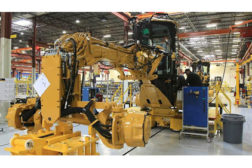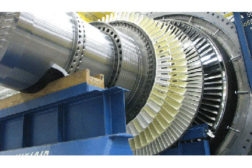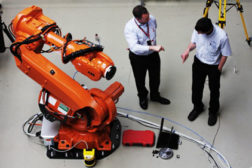Machinery Assembly
Siemens Plant Puts a Charge Into U.S. Manufacturing
Siemens unveils a state-of-the-art assembly plant in Charlotte, NC.
January 25, 2012
Get our new eMagazine delivered to your inbox every month.
Stay in the know on the latest assembly trends.
SUBSCRIBE TODAY!Copyright ©2024. All Rights Reserved BNP Media.
Design, CMS, Hosting & Web Development :: ePublishing





